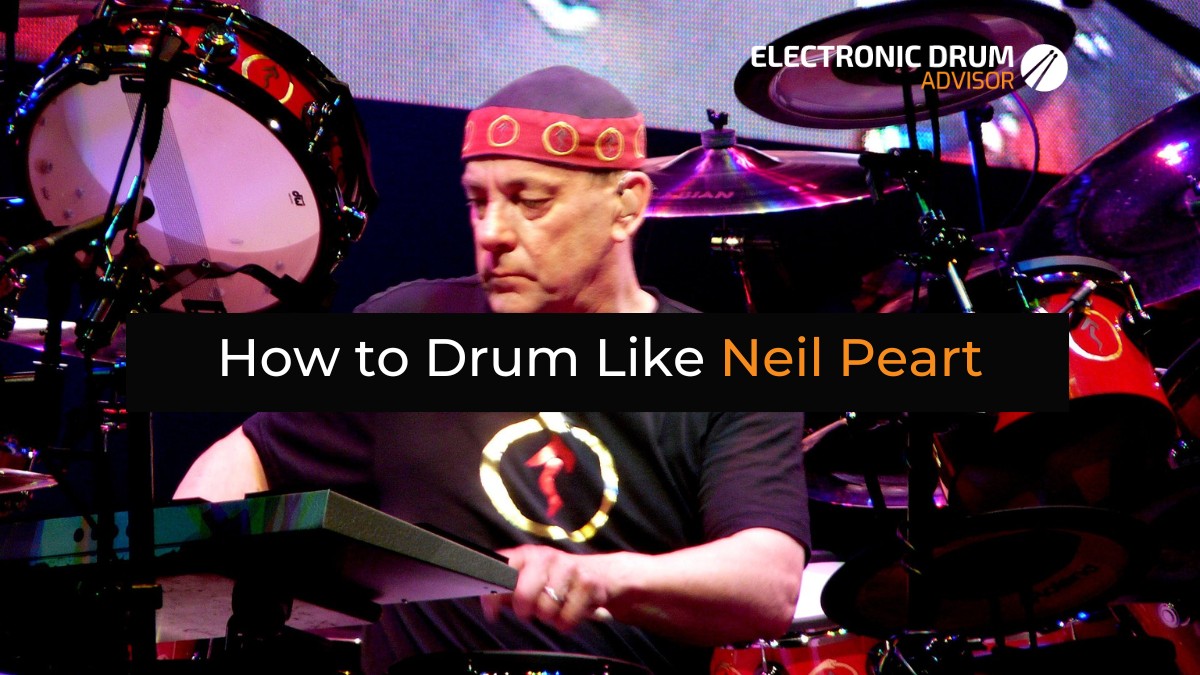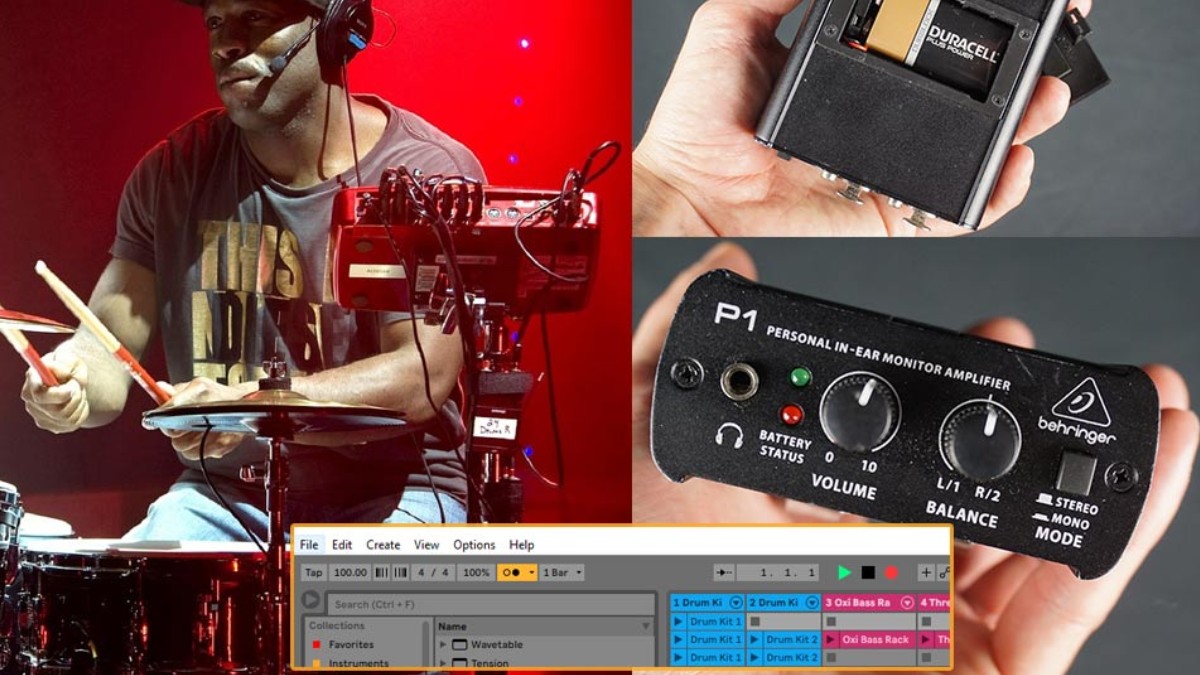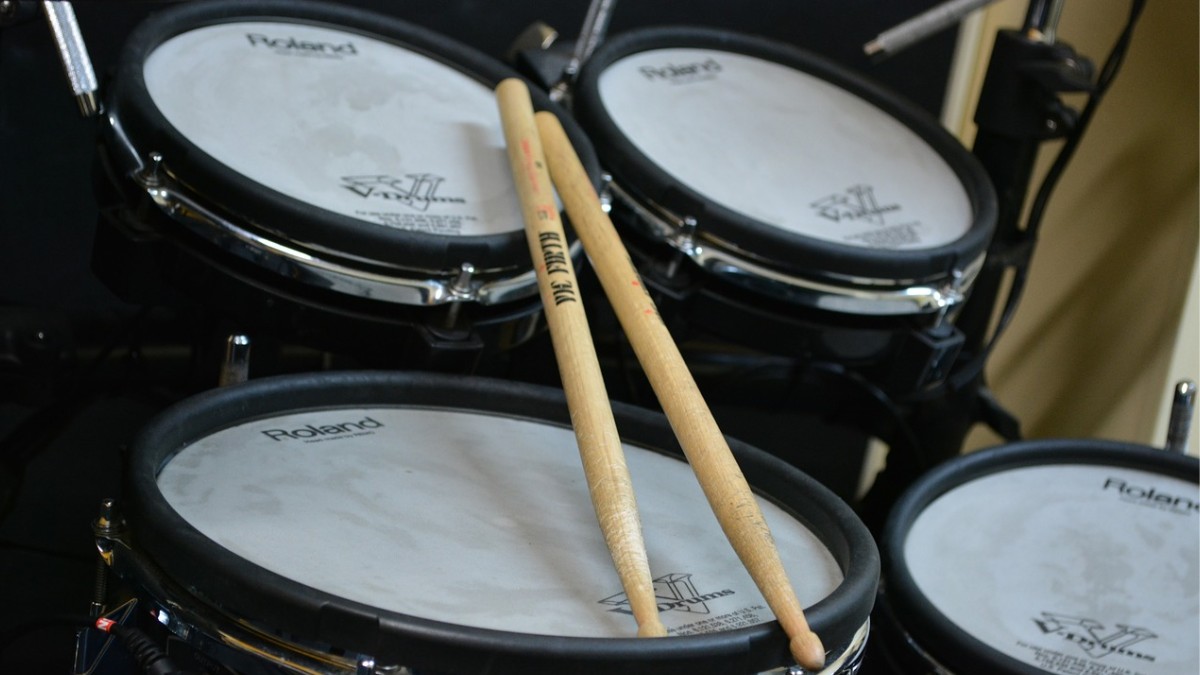Welcome to
Electronic Drum Advisor
Helping You Become a Better Drummer
We bring you the best guides, reviews, lessons, and tips to help you get the most out of your electronic drums.
Featured Lessons
Videos
Subscribe to our YouTube Channel to see our in-depth reviews, comparisons, and how-to guides.







